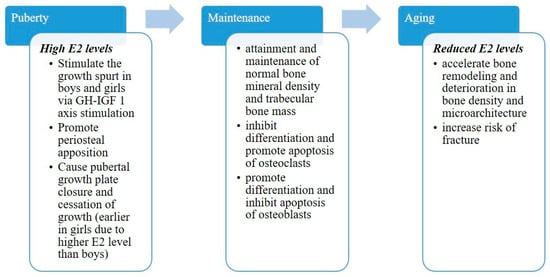
### Could Your Child’s Tablet Glow Be Affecting Their Growth and Development?
As contemporary life becomes more filled with screens, ranging from tablets to smartphones, worries continue to grow about their influence on children’s health. At the 62nd Annual European Society for Paediatric Endocrinology (ESPE) Meeting in October 2024, fresh research from Gazi University in Turkey unveiled troubling evidence connecting extended blue light exposure to earlier puberty and accelerated bone growth—at least in animal subjects. These discoveries, while not yet directly applicable to humans, raise crucial inquiries about screen time and the development of children.
#### How Does Blue Light Influence Growth?
The research, spearheaded by Dr. Aylin Kılınç Uğurlu and her team at Gazi University, utilized young rats to explore how blue light exposure—commonly emitted by devices such as tablets and smartphones—could affect growth. The scientists categorized the rats into three groups based on varying light exposures: normal light, six hours of blue light, and 12 hours of blue light per day. Observing the rats over time, the team monitored both physical growth indicators and developmental changes, such as femur length and the timing of puberty onset.
The findings were unexpected, according to Dr. Kılınç Uğurlu: “This is the first study to demonstrate how blue light might influence physical growth and development, calling for further investigation into the impacts of modern screen exposure on children’s growth.”
Rats that were exposed to blue light exhibited faster growth compared to those in normal lighting conditions and experienced earlier onset of puberty. These findings imply that blue light may accelerate certain biological processes, affecting growth plates—a vital aspect of skeletal development. Growth plates are regions of cartilage at the ends of long bones (like the femur) responsible for lengthening during growth. The results suggest that prolonged blue light exposure could hasten growth plate maturation, which warrants additional study in human children.
#### Potential Health and Height Consequences
While swift growth may initially appear desirable, the underlying implications are concerning. Dr. Kılınç Uğurlu cautioned that although the rats experienced faster growth, their skeletal development was structurally altered. The hastened changes in growth plates led to premature maturation of the bones, which could ultimately restrict their final adult height.
“This indicates their bones matured too quickly, which may potentially make them shorter than average as adults,” Dr. Kılınç Uğurlu stated. Once growth plates fully solidify—a natural aspect of maturation—bone lengthening halts, and height growth ceases. Blue light seems to accelerate this process, shortening the growth period.
Although these outcomes have not yet been replicated in children, they suggest possible long-term trade-offs from prolonged screen exposure. Early puberty and premature skeletal maturation are troubling since both could point to a shortened growth period, potentially leading to reduced adult stature. Dr. Kılınç Uğurlu stressed the necessity for more investigations but concluded that the swift physiological changes observed in rats reflect, to some extent, what occurs when children encounter harmful environmental factors.
#### What’s on the Horizon?
Considering the prevalent usage of digital devices among children today, these findings mark a significant initial stride toward grasping the biological repercussions of blue light exposure during crucial growth periods. The Gazi University research team intends to further explore the intricacies of pre-pubertal blue light exposure. Specifically, they plan to examine whether the developmental changes observed in the rats are reversible or permanent, and how altering the exposure’s intensity or duration may influence results.
Such initiatives come at a critical time. Children are spending increasing periods focused on screens for both recreational and educational purposes. Deciphering how blue light affects physical growth could lead to guidelines for safer screen use, especially during infancy, childhood, and adolescence. Dr. Kılınç Uğurlu commented: “Ultimately, this research could result in preventative strategies for safe screen use during childhood development.”
Even though this study centered on rats, it contributes to a growing array of literature worried about screen time and health outcomes in children. As digital learning continues to expand, researchers and healthcare professionals will require finding a balance between the benefits of technology and the potential risks it may pose to growing bodies.
#### How Can Parents Shield Their Children?
While awaiting more research to clarify these findings, parents might contemplate establishing limits on screen time. Here are some guidelines parents can adopt in light of current research:
1. **Restrict Screen Use Before Bedtime:** Blue light can interfere with sleep patterns by disrupting melatonin production—a hormone that regulates sleep. Limiting screen time one to two hours before bedtime is a useful general rule.
2. **Promote Outdoor Activity:** Encourage outdoor time, which contributes to physical health by promoting movement and enhancing vitamin D production—crucial for robust bones.
3. **Balanced Screen Time:** Aim to set limitations on daily screen usage according to your child’s age. The American